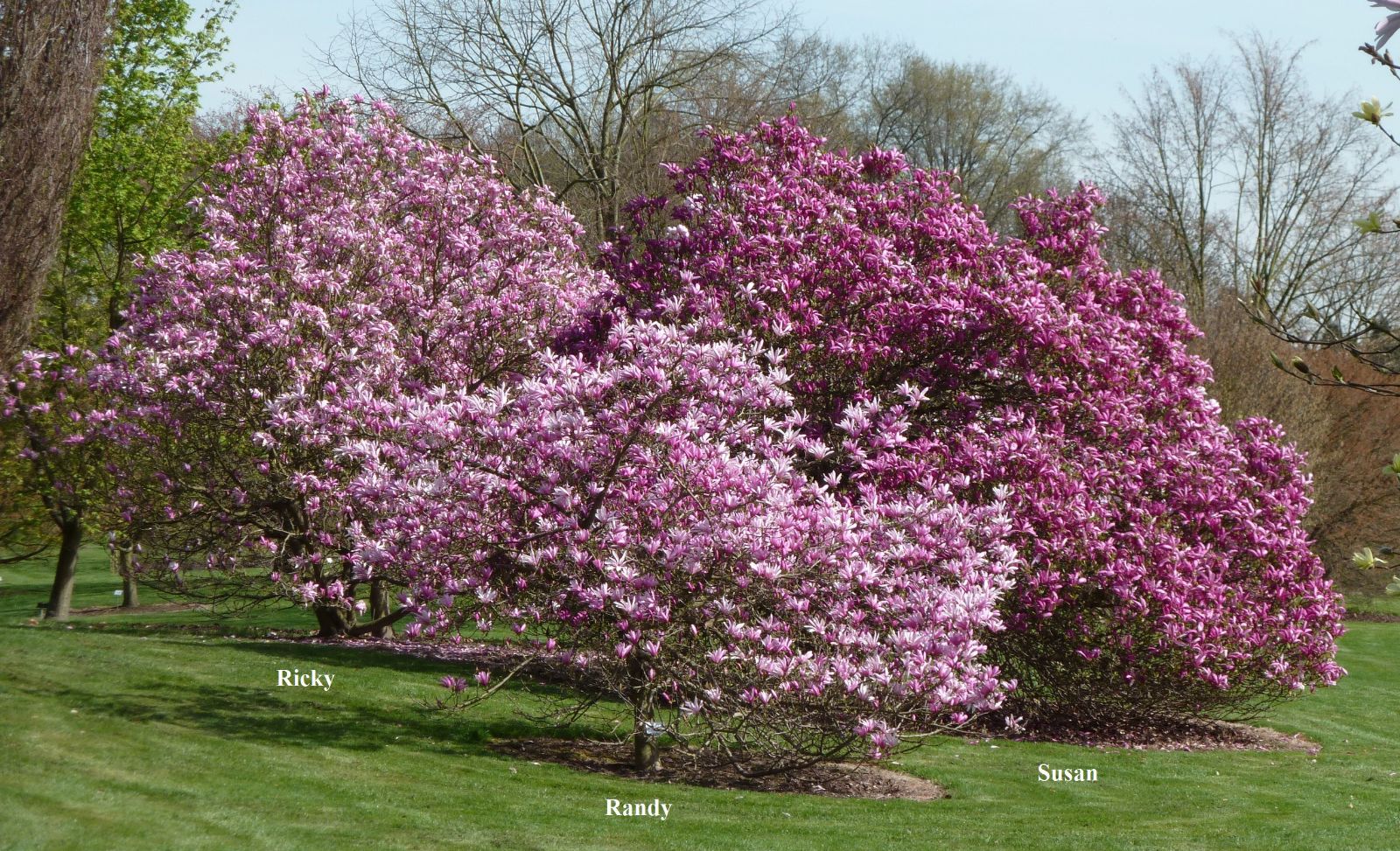Magnolia de Vos and Kosar hybrids
Sponsor
Kindly sponsored by
The Roy Overland Charitable Trust

Credits
Julian Sutton (2022)
Recommended citation
Sutton, J. (2022), 'Magnolia de Vos and Kosar hybrids' from the website Trees and Shrubs Online (treesandshrubsonline.
Genus
Other taxa in genus
- Magnolia acuminata
- Magnolia × alba
- Magnolia amabilis
- Magnolia amoena
- Magnolia aromatica
- Magnolia biondii
- Magnolia × brooklynensis
- Magnolia campbellii
- Magnolia cathcartii
- Magnolia cavaleriei
- Magnolia caveana
- Magnolia champaca
- Magnolia changhungtana
- Magnolia chapensis
- Magnolia compressa
- Magnolia conifera
- Magnolia Cultivars A
- Magnolia Cultivars B
- Magnolia Cultivars C
- Magnolia Cultivars D
- Magnolia Cultivars E
- Magnolia Cultivars F
- Magnolia Cultivars G
- Magnolia Cultivars H–I
- Magnolia Cultivars J
- Magnolia Cultivars K
- Magnolia Cultivars L
- Magnolia Cultivars M
- Magnolia Cultivars N–O
- Magnolia Cultivars P
- Magnolia Cultivars Q–R
- Magnolia Cultivars S
- Magnolia Cultivars T
- Magnolia Cultivars U–V
- Magnolia Cultivars W–Z
- Magnolia cylindrica
- Magnolia dandyi
- Magnolia dawsoniana
- Magnolia decidua
- Magnolia delavayi
- Magnolia denudata
- Magnolia doltsopa
- Magnolia duclouxii
- Magnolia ernestii
- Magnolia figo
- Magnolia floribunda
- Magnolia × foggii
- Magnolia fordiana
- Magnolia foveolata
- Magnolia fraseri
- Magnolia fulva
- Magnolia globosa
- Magnolia × gotoburgensis
- Magnolia grandiflora
- Magnolia grandis
- Magnolia Gresham hybrids
- Magnolia guangdongensis
- Magnolia hookeri
- Magnolia insignis
- Magnolia Jury hybrids
- Magnolia × kewensis
- Magnolia kobus
- Magnolia kwangtungensis
- Magnolia laevifolia
- Magnolia lanuginosa
- Magnolia leveilleana
- Magnolia liliiflora
- Magnolia × loebneri
- Magnolia lotungensis
- Magnolia macclurei
- Magnolia macrophylla
- Magnolia martini
- Magnolia maudiae
- Magnolia nitida
- Magnolia obovata
- Magnolia officinalis
- Magnolia opipara
- Magnolia × proctoriana
- Magnolia × pruhoniciana
- Magnolia rostrata
- Magnolia salicifolia
- Magnolia sapaensis
- Magnolia sargentiana
- Magnolia sieboldii
- Magnolia sinensis
- Magnolia sinica
- Magnolia sinostellata
- Magnolia × soulangeana
- Magnolia sprengeri
- Magnolia stellata
- Magnolia tamaulipana
- Magnolia × thomsoniana
- Magnolia tripetala
- Magnolia × veitchii
- Magnolia virginiana
- Magnolia × wieseneri
- Magnolia wilsonii
- Magnolia xinganensis
- Magnolia yunnanensis
- Magnolia yuyuanensis
- Magnolia zenii
USDA Hardiness Zone 5-9
RHS Hardiness Rating H6
Eight hybrids between Magnolia stellata and M. liliiflora were named at the US National Arboretum, Washington, DC in 1968, the culmination of a project begun in 1955 by Francis de Vos, and continued by William Kosar. They are precocious-flowering, medium to large deciduous shrubs, widely grown on both sides of the Atlantic. One, ‘Susan’ has proved to be among the finest shrubby magnolias for general garden use.
Six of the eight resulted from M. liliiflora ‘Nigra’ being pollinated with M. stellata ‘Rosea’. The remaining two had M. liliiflora ‘Reflorescens’ as the seed parent, a repeat-flowering cultivar rarely seen today; their pollen parents were M. stellata ‘Rosea’ and ‘Waterlily’.
All make multistemmed shrubs with ovate to elliptic leaves. Most flowers emerge before the leaves, later ones on leafy shoots; they are rarely damaged by late spring frosts. The fragrant flowers are held upright and are either cup- or saucer-shaped. They vary in colour from pale pink to purple. Flower colour tends to be deeper, and the plants more vigorous in North American as opposed to British gardens, perhaps due to higher light levels and warmer summers. All thrive in open, sunny positions on diverse soils. Flower colour and tepal number vary somewhat from year to year. All are sterile triploids.
Known affectionately as ‘The Girls’, these cultivars were mostly named for family members of USNA staff. They are ‘Ann’, ‘Betty’, ‘Jane’, ‘Judy’, ‘Pinkie’, ‘Randy’, ‘Ricki’ and ‘Susan’, each described here on the appropriate cultivar pages.

